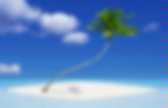

Hidden hutongs - Visiting Beijing. Nanluoguxiang The entrance may smell like stinky tofu, but if you can endure the odor, make sure to meander down some oft-missed gems in Nanluoguxiang's side alleys.
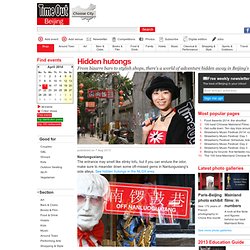
See hidden hutongs in the NLGX area. Beiluoguxiang From mystery restaurants to Parisian artefacts, Beiluoguxiang has much to offer. See hidden hutongs in the Beiluoguxiang area. Qianliang Rock 'n' roll joints, pool halls and the most ostentatious restaurant in Beijing make the Qianliang Hutong area a must-see. See hidden hutongs in the Qianliang area. Fangjia Plenty of secret shops, wonderful beers and a vampiric art gallery are on Fangjia Hutong.
Plus: historical highlights of Beijing's alleyways. Visitor's Info for the Great Wall of China - Great Wall Info for Visitors. Visiting the Great Wall: Below, find out all the info you need for visiting the Great Wall.
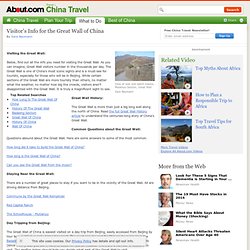
As you can imagine, Great Wall visitors number in the thousands per day. The Great Wall is one of China's most iconic sights and is a must-see for tourists, especially for those who will be in Beijing. While certain sections of the Great Wall are more touristy than others, no matter what the weather, no matter how big the crowds, visitors aren't disappointed with the Great Wall. It is truly a magnificent sight to see. Great Wall History: Ming Tombs in Beijing. Ming Tombs (Shi San Ling) 48km (30 miles) NW of Beijing.
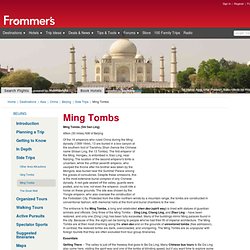
Beijing Summer Palace: the Largest Royal Park in China. Situated in the Haidian District northwest of Beijing City, the Summer Palace is 15 kilometers (9.3 miles) from central Beijing.
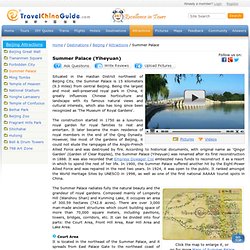
Being the largest and most well-preserved royal park in China, it greatly influences Chinese horticulture and landscape with its famous natural views and cultural interests, which also has long since been recognized as 'The Museum of Royal Gardens'. The construction started in 1750 as a luxurious royal garden for royal families to rest and entertain. It later became the main residence of royal members in the end of the Qing Dynasty. However, like most of the gardens of Beijing, it could not elude the rampages of the Anglo-French Allied Force and was destroyed by fire. According to historical documents, with original name as 'Qingyi Garden' (Garden of Clear Ripples), the Summer Palace (Yiheyuan) was renamed after its first reconstruction in 1888. Tips for Visiting the Temple of Heaven « China Travel Blogs – Tour-Beijing.com. Map of the Temple of Heaven from www.willgoto.com The name of the Temple of Heaven is a little misleading.

It is more than just a temple, it is a huge park as well. Inside the huge park, there is a lovely temple complex, which is composed of three main parts – Hall of Prayer for Good Harvests, the Imperial Vault of Heaven and Circular Mound Altar sitting along an axis from south to north. Temple of Heaven is called “Tiantan ParK” in Chinese, literally meaning “Temple of Heaven Park”. Beijing Tiananmen Square, Gate of Heavenly Peace. Located at the center of Beijing City is Tiananmen Square, where you can visit Tiananmen Tower, Monument to the People's Heroes, Great Hall of the People, Mao Zedong Memorial Hall and see the national flag raising ceremony.
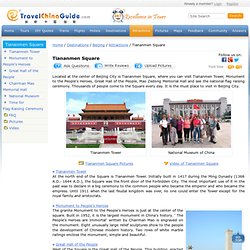
Thousands of people come to the Square every day. Forbidden City. Coordinates: The Forbidden City was the Chinese imperial palace from the Ming dynasty to the end of the Qing dynasty.
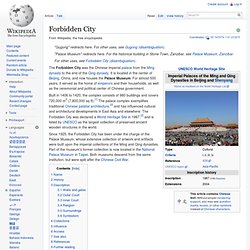
It is located in the center of Beijing, China, and now houses the Palace Museum. For almost 500 years, it served as the home of emperors and their households, as well as the ceremonial and political center of Chinese government. Built in 1406 to 1420, the complex consists of 980 buildings and covers 720,000 m2 (7,800,000 sq ft).[1] The palace complex exemplifies traditional Chinese palatial architecture,[2] and has influenced cultural and architectural developments in East Asia and elsewhere.
The Forbidden City was declared a World Heritage Site in 1987,[2] and is listed by UNESCO as the largest collection of preserved ancient wooden structures in the world.